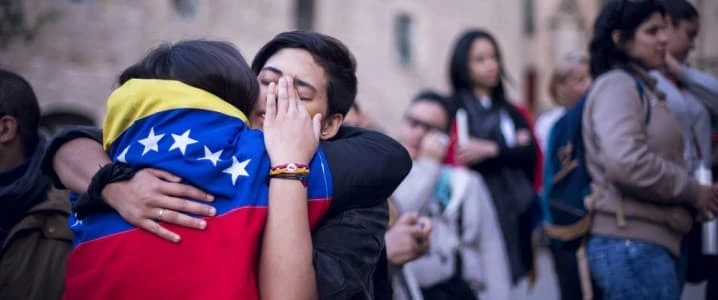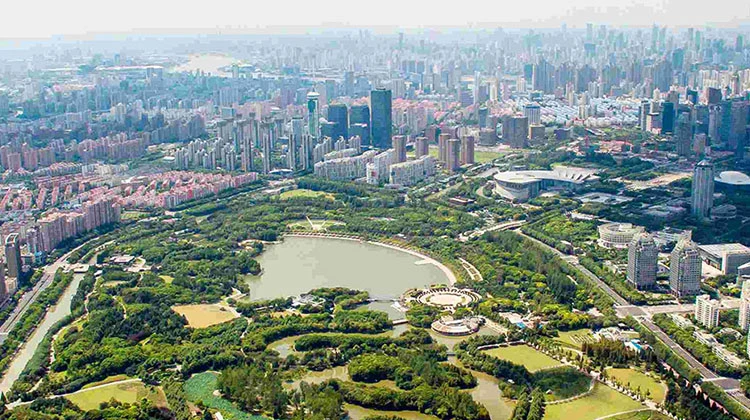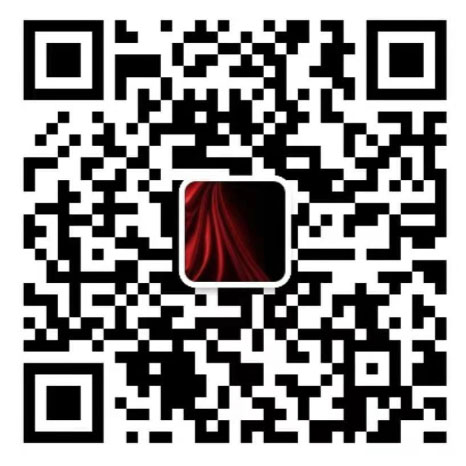Charting The Collapse Of Latin America’s Largest Oil Nation

Venezuela boasts the largest oil reserves in the world and was once a flourishing and stable democracy.
Today, after decades under an authoritarian government, it is in the midst of a humanitarian and economic crisis with no end in sight.
This journey from wealthy democracy to inexorable decline was driven by a breakdown in the rule of law and the disintegration of government institutions.
For decades after the rise of Pablo Escobar and the Medellin cartel, the violence-riven Latin American country of Colombia was long associated with being a narco-state. The Andean country emerged as a partial democracy where organized crime had deeply penetrated state institutions and embedded itself in political parties with politicians funded by cocaine cartels controlling the levers of power. After decades of endemic lawlessness and violence, which nearly caused the state to fail, Colombia’s government, with substantial support from Washington, dismantled the powerful cocaine cartels, paramilitary groups, and leftist guerillas. While Colombia emerged as a lauded model of democratic rehabilitation, its neighbor Venezuela is a very different story. The OPEC member, which possesses the world’s largest crude oil reserves totaling 304 billion barrels, was once heralded as Latin America’s wealthiest and most stable democracy. After more than two decades of authoritarian government, democracy, the rule of law, government institutions, and the economy have disintegrated leaving the all-important petroleum industry in inexorable decline and Venezuela teetering on the brink of collapse. After falling into crisis during the late-1980s, as plunging oil prices roiled Venezuela’s petroleum-dependent economy, the country was rocked by riots and civil dissent that culminated in Hugo Chavez’s failed 1992 bloody coup. Upon being released from jail in 1994 Chavez, after visiting Cuba, marketed himself as a leftist firebrand politician. He then emerged victorious from the 1998 democratic presidential election. In February 1999, after taking office, Chavez launched his socialist Bolivarian revolution which focused on radical social change, the nationalization of extractive industries, and redistribution of wealth. That culminated in the adoption of a new constitution in December 1999, aimed at strengthening the president’s powers. The regime in Caracas was becoming increasingly authoritarian as democratic institutions were dismantled, the Bolivarian revolution’s huge social reforms gained momentum, and Chavez’s power grew.
Those developments were followed by a tremendous surge in political suppression, corruption, malfeasance, and cronyism along with a sharp deterioration in the rule of law. That resulted in additional erosion of democratic institutions, caused the economy, already under significant pressure from softer oil prices, to further deteriorate and triggered a sharp increase in lawlessness and violence. What was becoming clear was that not long after the adoption of the 1999 constitution, Venezuela, once regarded as Latin America’s most stable democracy, had slid into authoritarianism and had become an autocratic socialist state. Armed non-government groups emerged as important powerbrokers during Chavez’s time in office. The former president, who died in 2013, established armed groups known as Bolivarian Circles. There were essentially civilian paramilitary bands operating independently of Venezuela’s military and police who reported to Chavez. They were charged with protecting the Bolivarian revolution through the violent suppression of anti-government demonstrators, civilian dissent, and opposition politicians. Those groups, which eventually came to be known as colectivos, became a key tool for Chavez to retain his grip on power after the botched 2002 military coup.
Today, the colectivos, which are armed with military-grade weapons including assault rifles and tear gas, regularly suppress anti-government protests, intimidate political rivals and commit kidnappings as well as extrajudicial killings in the name of the Bolivarian revolution. Maduro regularly praises the paramilitary bands for the violent actions they have committed aimed at supporting his regime. After members of a colectivo attacked a public rally by opposition leader and U.S. recognized interim president Juan Guaidó in May 2019 Maduro stated;
“I admire them. They are organizations created for the good of the community. The collectives work for society, for the sick, for peace, and against crime. They have been around for 20 years as a form of organization of the people,”
There are reports of colectivos engaging in a wide range of criminal activities. These include extortion, black marketeering of food as well as medical supplies, and trafficking cocaine as well as petroleum near the Colombian border. The considerable importance of the colectivos for Maduro to maintain his grip on power highlights the devolution of state authority and the disintegration of the rule of law which is further supporting the ascendancy of armed non-government groups in Venezuela.
It is not only domestic unofficial armed groups that have profited from the Bolivarian revolution and disintegration of democracy in Venezuela. Chavez and Maduro have openly praised and supported battle-hardened leftist Colombian guerillas, notably the Revolutionary Armed Forces of Colombia (FARC – Spanish initials) and the National Liberation Army (ELN – Spanish initials). Both insurgent groups, since the 1960s, were engaged in a vicious low intensity multiparty asymmetric war with the Colombian state which sharply escalated during the 1980s and 1990s as vast cocaine profits flooded the country. While Colombia’s internal conflict significantly de-escalated over the last two decades, with the FARC eventually demobilizing after a 2016 peace deal, the ELN and dissident FARC factions are still locked in conflict with the government. Chavez and then Maduro viewed the FARC and ELN as powerful counterweights to U.S. regional influence and Colombia which is one of Washington’s staunchest Latin American allies.
Lebanese militant political group and U.S. designated terrorist organization Hezbollah also emerged as a powerful non-government armed group in Venezuela. A desperate need to find alternate sources of income and circumvent Washington’s increasingly tight sanctions for crude oil exports saw Caracas build an alliance of convenience with Iran’s anti-U.S. government, which is Hezbollah’s main sponsor. The U.S. designated terrorist organization receives substantial support from key Maduro regime figures. Among the most prominent being oil minister Tareck El Aissami, who allegedly supplied nearly 200 Venezuelan passports to Middle Eastern citizens with Hezbollah ties. The Teheran-backed militants have been tied to cocaine trafficking and acts of terrorism in South America. Hezbollah has a close relationship with Colombian ELN insurgents and FARC dissidents with the group sourcing cocaine from the leftist guerillas while providing intelligence and money laundering services. Elements of Maduro’s regime, including the president himself, are implicated in those criminal enterprises with El Aissami, among other senior figures, connected to large-scale cocaine smuggling. In fact, Venezuela, because of rising lawlessness and the Maduro regime’s willingness to turn a blind eye, has emerged as a key international transshipment point for cocaine sourced in Colombia and destined for the U.S. as well as Western Europe.
Nearly two decades after Chavez’s socialist revolution commenced, a petroleum-rich Venezuela is in ruins with the state on the brink of collapse. The authoritarian governments of Russia, China, and Iran as well as various illegal armed non-government groups are key supporters of a corrupt authoritarian regime that has destroyed Latin America’s wealthiest, most vibrant, and stable democracy. The unraveling of an already frail Venezuelan state, which accelerated under Maduro, and a profound breakdown of the rule of law has created an ideal incubator for illegal armed groups. Their ascendancy is responsible for a sharp spike in violence and murders. By 2006, Venezuela’s homicide rate had overtaken neighboring Colombia’s, which by the late 1980s had earned a reputation for being one of the world’s most violent countries. Many of those insurgents and armed bands which were once supported by Venezuela’s autocratic regime are now threatening its existence, further complicating efforts to attract urgently required foreign investment to rebuild the country’s economically crucial oil industry.




